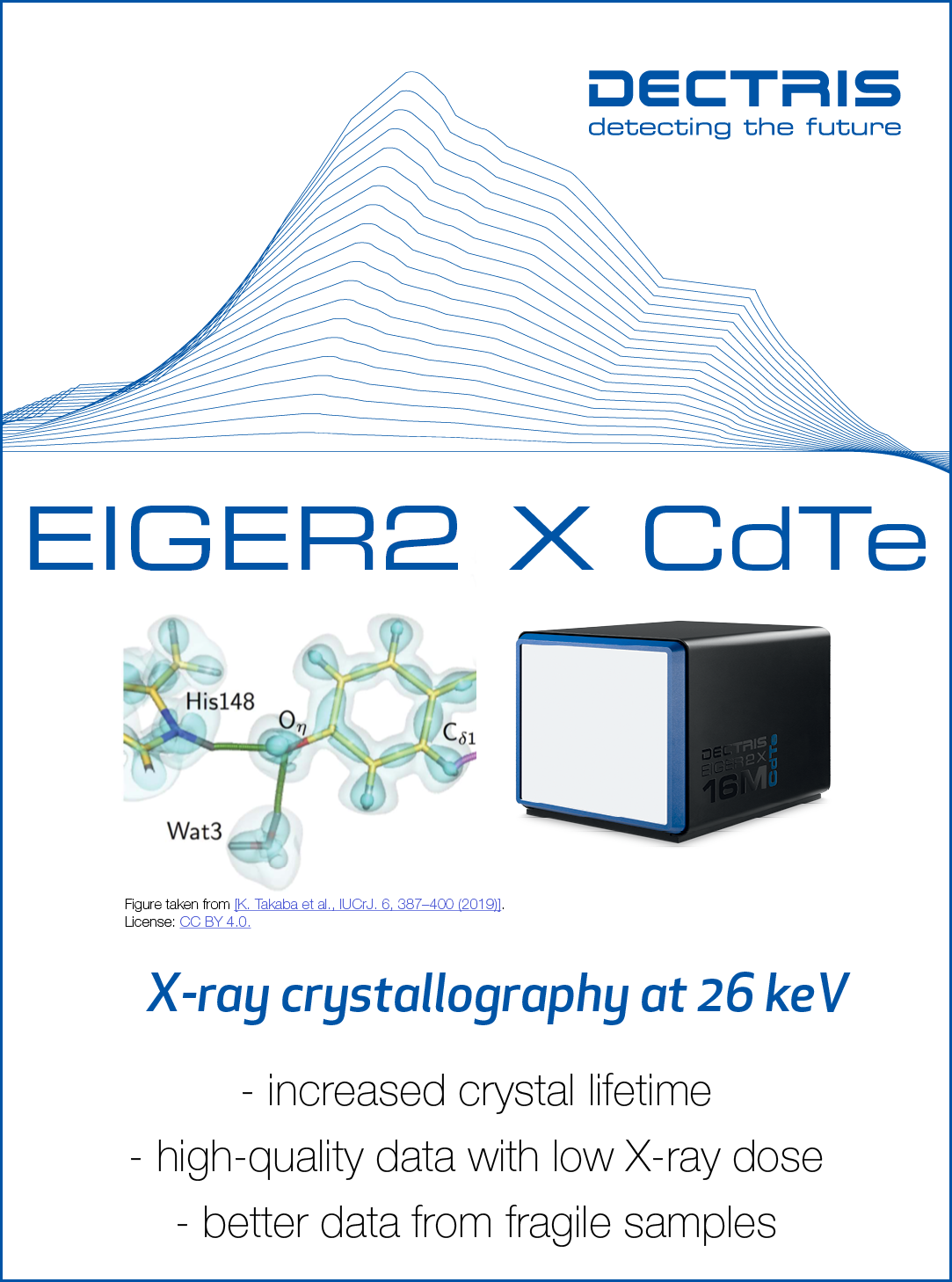


Letter from the President
The whence and the where to of crystallography
![CIFiesta students [CIFiesta students]](https://www.iucr.org/__data/assets/image/0020/147800/students.png)
Students at the IUCr-supported 2019 CIFiesta (Naples, Italy), an intensive course covering the extraction, dissemination and use of scientific knowledge from the structure determination experiment to database-driven discovery.
Our field celebrated a 100-year anniversary in 2014, the centenary of the Nobel Prize awarded to Max von Laue for the experiment that provided vital insight into the nature of X-rays and opening the door to the most powerful method in the toolbox of structural chemistry. At that time, there was no method available for probing the nature of solids. In 1913, H. C. Jones wrote in A New Era of Chemistry: "We do not know what is the formula of rock salt …. and we have no reliable means of finding out these simplest matters about solids. Our ignorance of solids is very nearly complete."
Since then, the diffraction of X-rays by crystals has been complemented by other diffraction methods, by a large number of spectroscopic techniques, by microscopies and not least by theoretical methods. These methods, together with the development of X-ray diffraction from a slow and laborious method that required long measurements and manual data processing (even during the time of my PhD work in the 1980s a relatively simple structure could require a week of measurement time), have turned many structural problems into fast and straightforward projects that may even allow for the direct study of solid-state reactions in situ. The IUCr has always been very inclusive in its view of complementary techniques, and this is why we have commissions for NMR crystallography, XAFS, small-angle scattering and quantum crystallography. We are there to find solutions to problems, not to define a home turf. Other commissions highlight the multi-faceted use of crystallography: Aperiodic Crystals, Biological Macromolecules, Crystallography in Art and Cultural Heritage, Crystallography of Materials, High Pressure, Inorganic and Mineral Structures, Magnetic Structures, Structural Chemistry. Crystallography has become an integral part of many of the sciences. Although the time when you could get a Nobel Prize by solving a crystal structure may have passed, it may still be difficult to get it if you don’t. Careful studies of biochemical systems and materials require detailed structural knowledge. From a content perspective, the where to of crystallography is clear: although we team up with all the other techniques of structural science, we still have a long way to go before we can reverse the statement of H. C. Jones into "Our knowledge of solids is very nearly complete."
Crystallographic data have the advantage of ease of standardisation. This is why crystallography has been at the forefront of managing large amounts of data in prescribed formats. Of course, much of this is owed to the foresight of great crystallographers and the excellence of our publishing and development team at the IUCr journals, preparing us all for the age of open data. It also allows quality assurance of crystallographic work, making crystallography an ideal training ground for scientists. The outreach programme from the IUCr has been very successful, and we owe this not only to dedicated individuals all over the world but also to the very nature of crystallography. It is a subject where rigor can, and should, be applied without any adhering mortis. Teaching and learning science are about that balance. This is why our outreach programmes are so important. We should be involved because we are, frankly and objectively, very good at it.
Copyright © - All Rights Reserved - International Union of Crystallography







